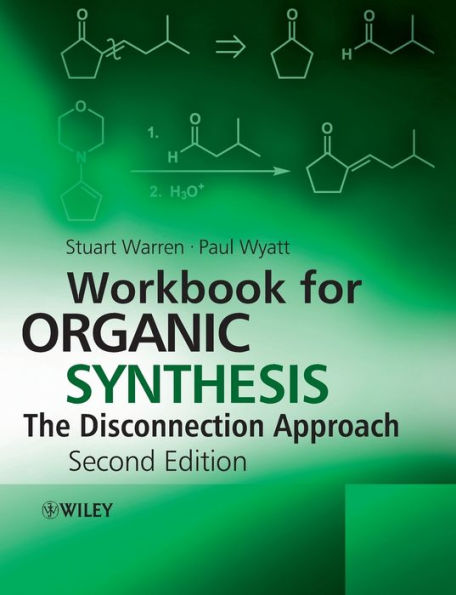Table of Contents
Preface vii
General References ix
1. The Disconnection Approach 1
2. Basic Principles: Synthons and Reagents: Synthesis of Aromatic Compounds 5
3. Strategy I: The Order of Events 11
4. One-Group C–X Disconnections 15
5. Strategy II: Chemoselectivity 21
6. Two-Group C–X Disconnections 29
7. Strategy III: Reversal of Polarity, Cyclisations, Summary of Strategy 35
8. Amine Synthesis 41
9. Strategy IV: Protecting Groups 49
10. One-Group C–C Disconnections I: Alcohols 55
11. General Strategy A: Choosing a Disconnection 61
12. Strategy V: Stereoselectivity A 67
13. One-Group C–C Disconnections II: Carbonyl Compounds 75
14. Strategy VI: Regioselectivity 81
15. Alkene Synthesis 87
16. Strategy VII: Use of Acetylenes (Alkynes) 93
17. Two-Group C–C Disconnections I: Diels-Alder Reactions 99
18. Strategy VIII: Introduction to Carbonyl Condensations 105
19. Two-Group C–C Disconnections II: 1,3-Difunctionalised Compounds 111
20. Strategy IX: Control in Carbonyl Condensations 115
21. Two-Group C–C Disconnections III: 1,5-Difunctionalised Compounds Conjugate (Michael) Addition and Robinson Annelation 123
22. Strategy X: Aliphatic Nitro Compounds in Synthesis 129
23. Two-Group Disconnections IV: 1,2-Difunctionalised Compounds 133
24. Strategy XI: Radical Reactions in Synthesis 139
25. Two-Group Disconnections V: 1,4-Difunctionalised Compounds 147
26. Strategy XII: Reconnection 153
27. Two-Group C–C Disconnections VI: 1,6-diCarbonyl Compounds 159
28. General Strategy B: Strategy of Carbonyl Disconnections 165
29. Strategy XIII: Introduction to Ring Synthesis: Saturated Heterocycles 173
30. Three-Membered Rings 181
31. Strategy XIV: Rearrangements in Synthesis 189
32. Four-Membered Rings: Photochemistry in Synthesis 195
33. Strategy XV: The Use of Ketenes in Synthesis 201
34. Five-Membered Rings 207
35. Strategy XVI: Pericyclic Reactions in Synthesis: Special Methods for Five-Membered Rings 213
36. Six-Membered Rings 221
37. General Strategy C: Strategy of Ring Synthesis 227
38. Strategy XVII: Stereoselectivity B 235
39. Aromatic Heterocycles 245
40. General Strategy D: Advanced Strategy 255
Index 263






